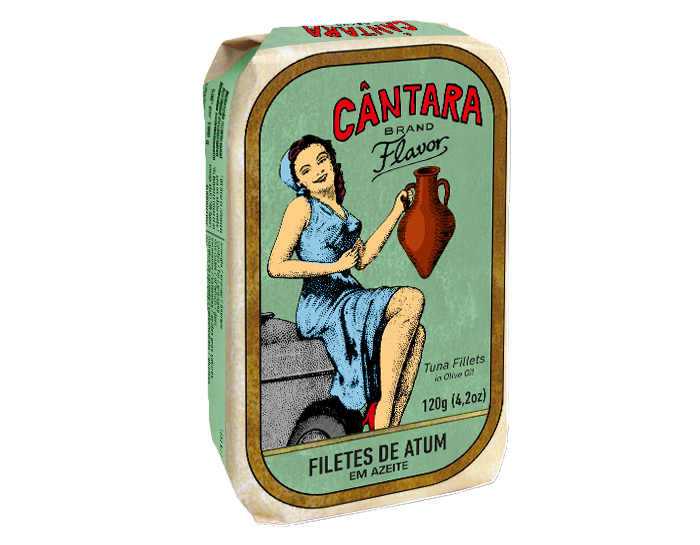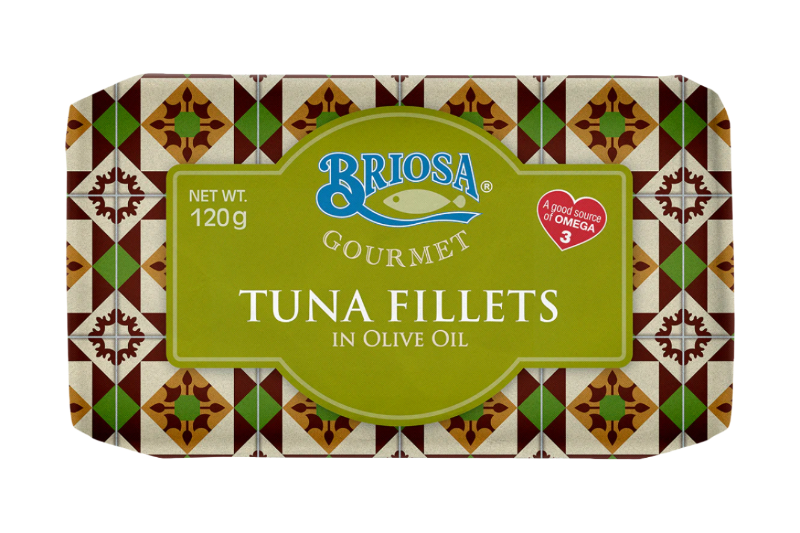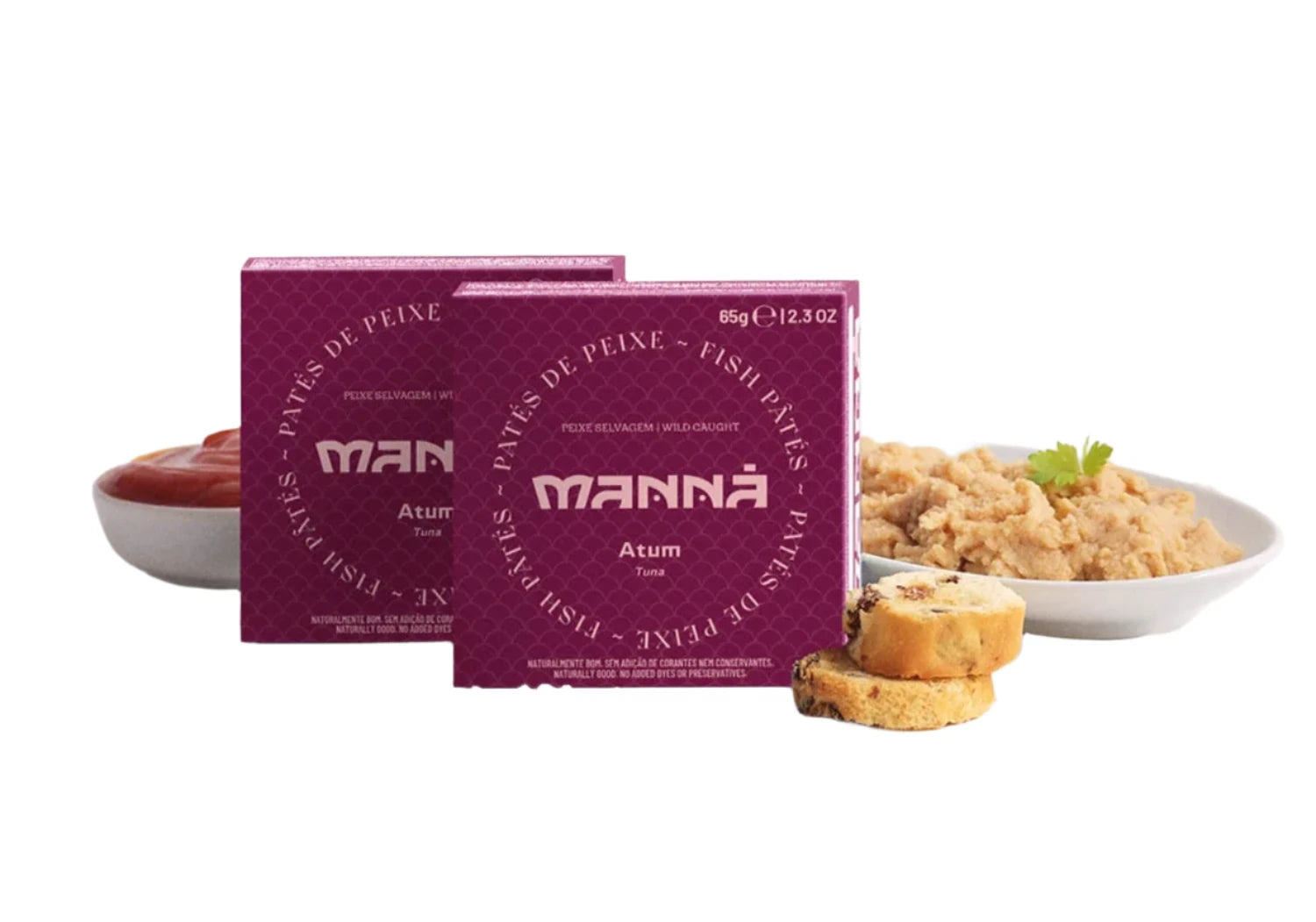
Canned tuna
Canned tuna is a versatile and nutritious choice for every table. In this article, we look at different types of canned tuna, including with olive oil, tomato sauce and lemon juice, and their use in traditional Portuguese cuisine. Learn about nutritional value, the best spice combinations, and the importance of using these preserves in moderation due to their potential mercury content. Discover the world of tuna flavor and choose the most suitable one for you!
Types of canned tuna
Canned tuna is one of the most versatile and popular types of seafood, with a wide variety of flavors and textures. The most common types are tuna in its own juice, with olive oil, tomato sauce or lemon juice. Tuna retains its natural taste in its juice, and with olive oil, it is enriched with a mild aroma. The combination of tomato sauce gives a rich taste and lemon juice gives freshness.

Photo: Tuna pieces in brine (in own juice) | Manna
Canned tuna with olive oil
Canned tuna with olive oil is a favorite for its delicate taste and health benefits. Rich in monounsaturated fatty acids, olive oil supports heart health and contributes to better cholesterol balance. An average can of canned tuna with olive oil contains about 150 to 200 calories, but it also provides significant amounts of omega-3 fatty acids, which support brain function.
Canned tuna with tomato sauce
Canned tuna with tomato sauce has an intense flavor that attracts the attention of those who like richer combinations. Tomato sauce not only complements the taste of tuna, but also enriches the nutritional value with lycopene, a strong antioxidant that reduces inflammatory processes in the body. This type of preserve is a favorite choice for pasta dishes or sandwiches. An average serving of these preserves provides about 130 calories and is a practical solution for a quick, yet nutritious snack.
Canned tuna with lemon
Canned tuna with lemon juice is a great choice for fresh and light dishes. Lemon juice not only provides a subtle hint of acidity, but is also a natural source of vitamin C, which strengthens the immune system. These preserves are especially suitable for salads or light snacks when you want an easy but tasty solution.
Combining canned tuna with spices
Tuna goes well with various spices such as oregano, basil, garlic or black pepper. These spices enhance the taste of tuna and give it new shades. For example, a drizzle of olive oil with rosemary can turn a simple canned tuna into a gourmet snack. Other interesting combinations include hot peppers or lemon peels, which add uniqueness to dishes.
Nutritional value of canned tuna
Canned tuna is an excellent source of protein – one serving can provide up to 25g of high-quality protein, which is essential for muscle regeneration. They also contain omega-3 fatty acids, which support heart and brain function. In addition, canned tuna is rich in vitamin B12, which is necessary for energy metabolism, and selenium, which strengthens the immune system.
Canned tuna in Portuguese cuisine
In Portugal, canned tuna is an important part of traditional cuisine and is used in everything from Salada de Atum (tuna salad) to Arroz de Atum (tuna rice). Tuna is an integral part of the country's maritime heritage, and high-quality cans are often exported around the world.
Regional differences in canned tuna
There are subtle differences in the production of canned tuna in the regions of Portugal, which are reflected in taste and quality. The island of Madeira is famous for its high-quality canned tuna, which often uses local spices. Meanwhile, in the Algarve region, tuna is usually preserved with olive oil, which gives it a mild southern flavor. These regional specialties help preserve Portugal's culinary identity.
Brands of canned tuna
The most popular canned tuna brands, such as Briosa Gourmet , Manná and Cantara , stand out not only for their quality, but also for their long tradition. An average can of canned goods from these manufacturers contains 20-25 g of protein and a unique regional taste. Despite the variety of tuna and flavors, the consumption of this fish should be more moderate. Tuna, like other large fish, can accumulate more mercury, so the World Health Organization (WHO) recommends limiting tuna consumption to 1-2 servings per week, especially for children, pregnant women and nursing mothers.

Sources of interesting facts about tuna:


















Leave a comment
This site is protected by hCaptcha and the hCaptcha Privacy Policy and Terms of Service apply.